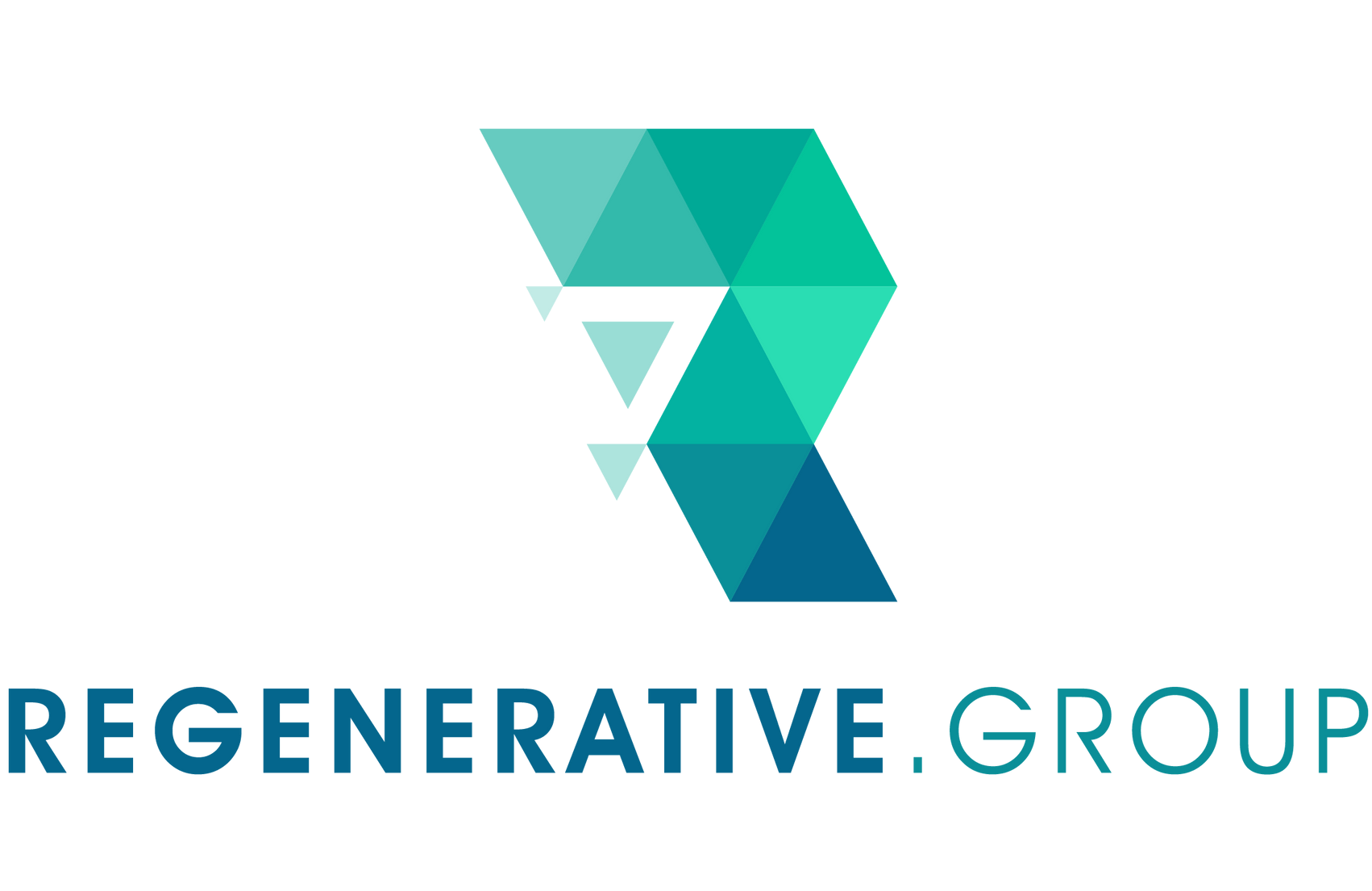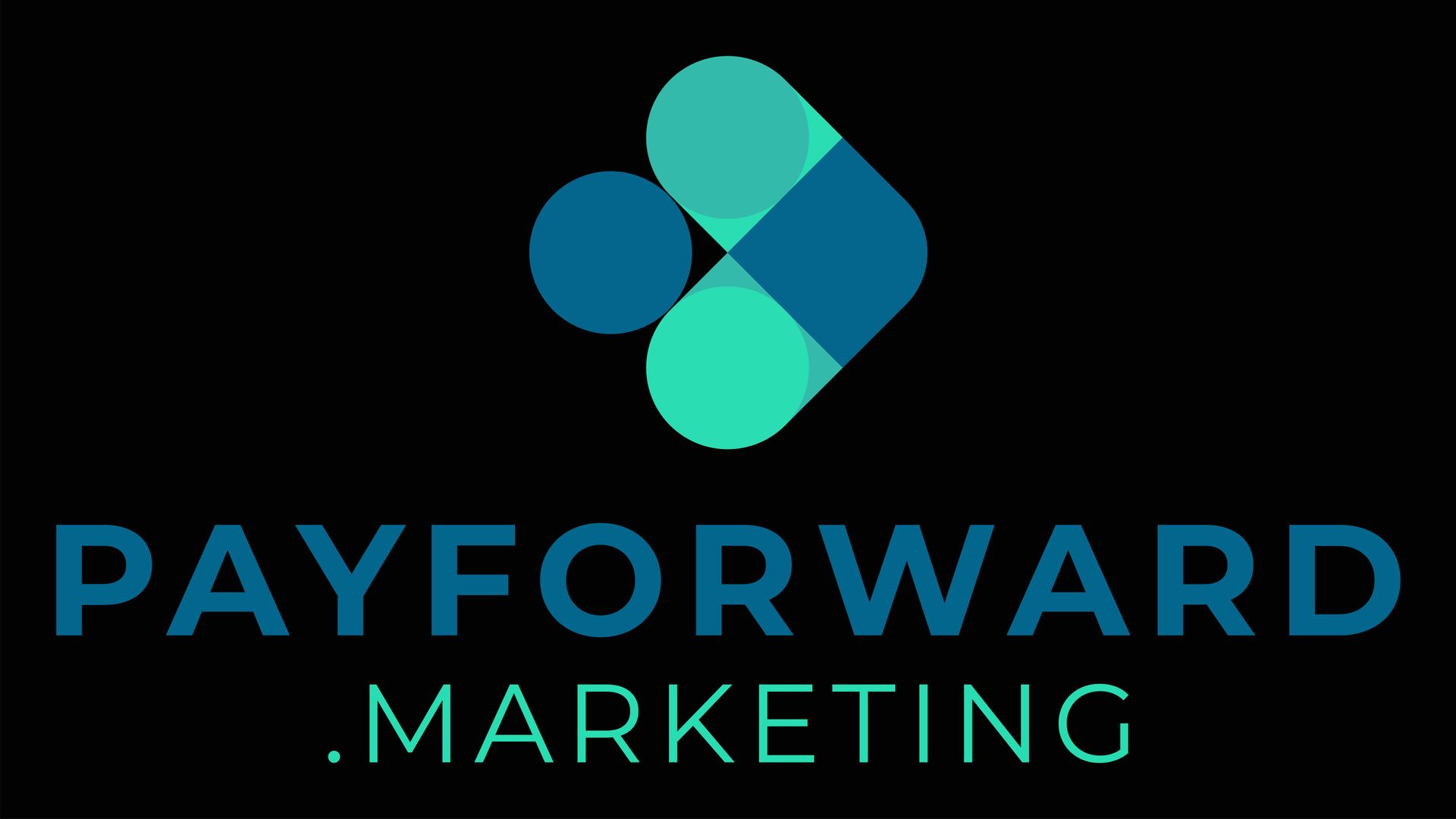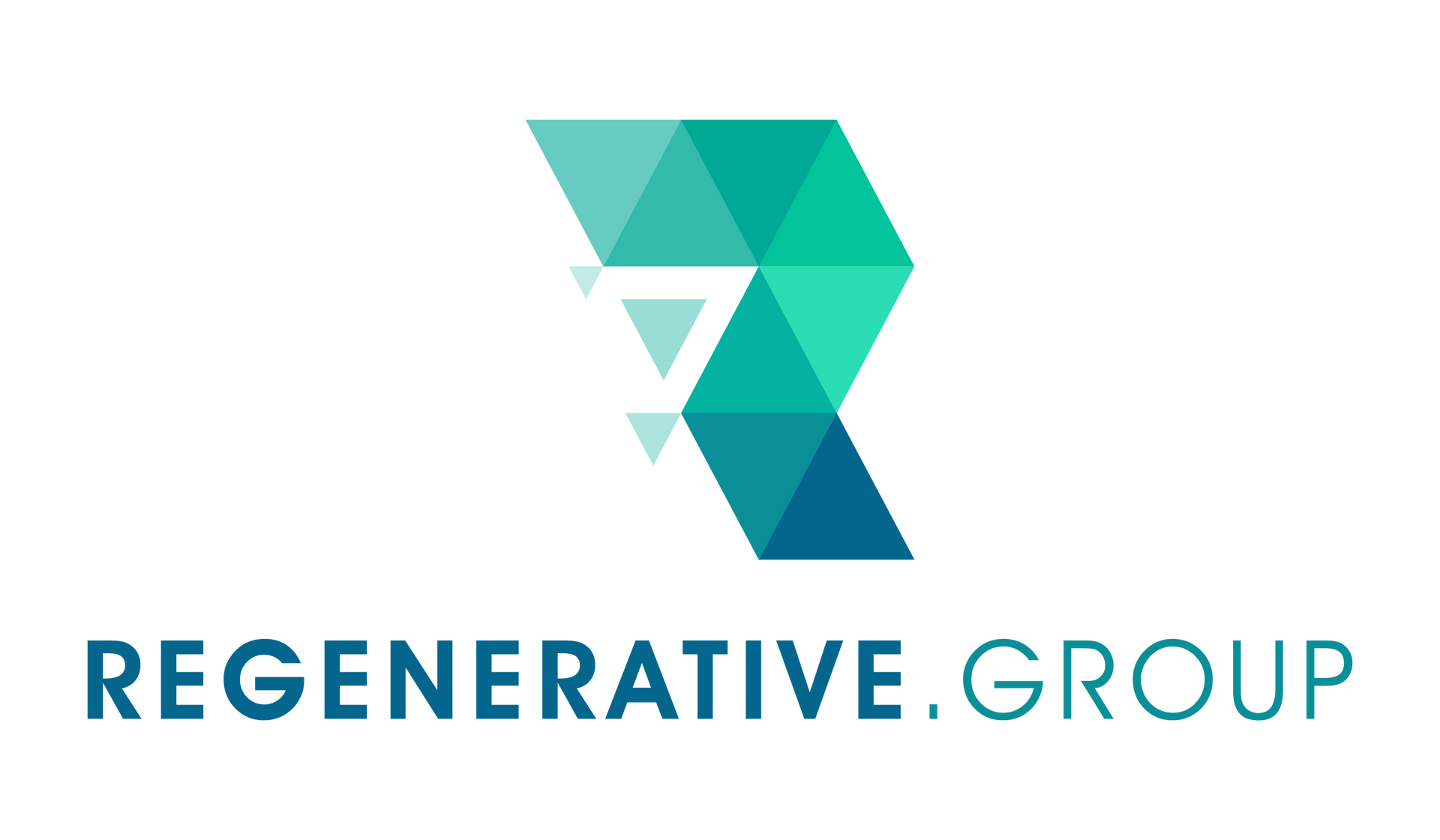PROBLEM. Each year, growth businesses invest a pre-determined annual marketing budget that must drive a pre-determined number of customers at a pre-determined cost per customer (CPA). When unprofitable, growth businesses fund their marketing budget in 2 ways:
1) Entrepreneurs' dilution. Entrepreneurs of B2C tech firms typically dilute 70-90% of their equity to get through Series D. A staggering 40-70% of the total money raised is spent on Marketing Acquisition or Growth. Implications: Entrepreneurs forego 70-90% of the profit each customer will generate over their lifetime!
2) Debt (usually convertible, i.e., dilutive if the company is insolvent). Existing financial operators can only fund 30-50% of Annual Recurring Revenues (ARR). That usually represents only a fraction of the growth potential... and the firm still has to hire, train, and maintain the team and infrastructure to deliver campaigns that will deliver customers at a cost that will meet its loan covenants.
SOLUTION. Each month, business clients commit to the number of customers they wish to acquire. Regenerative then uses the GaaS Platform to acquire them "as a service," charging its clients a price based on the average CPA plus a pre-determined premium, all payable as individual customer revenues hit the client's P&L.
Regenerative funds upfront all of the advertising and marketing infrastructure cost of acquiring each cohort of customers. Contrary to financial operators, it also executes marketing campaigns on the brand's behalf. Contrary to Performance Marketing Agencies, GAAS reduces the average CPA, 50% of that efficiency is passed on to the client.
BENEFIT. From the client's perspective, there is no need to dilute or take on costly debt to increase yearly marketing budgets. Marketing becomes risk-free, and there is no need to invest in expensive staff and martech infrastructure. As a result, Entrepeneurs and early investors end up with more customers, acquired faster, at a slightly higher CPA but with lower fixed costs. Over time, they capture 70-90% of the lifetime profits of each customer vs. 10-30%, and they control the Board of their company for much longer, if not forever.



